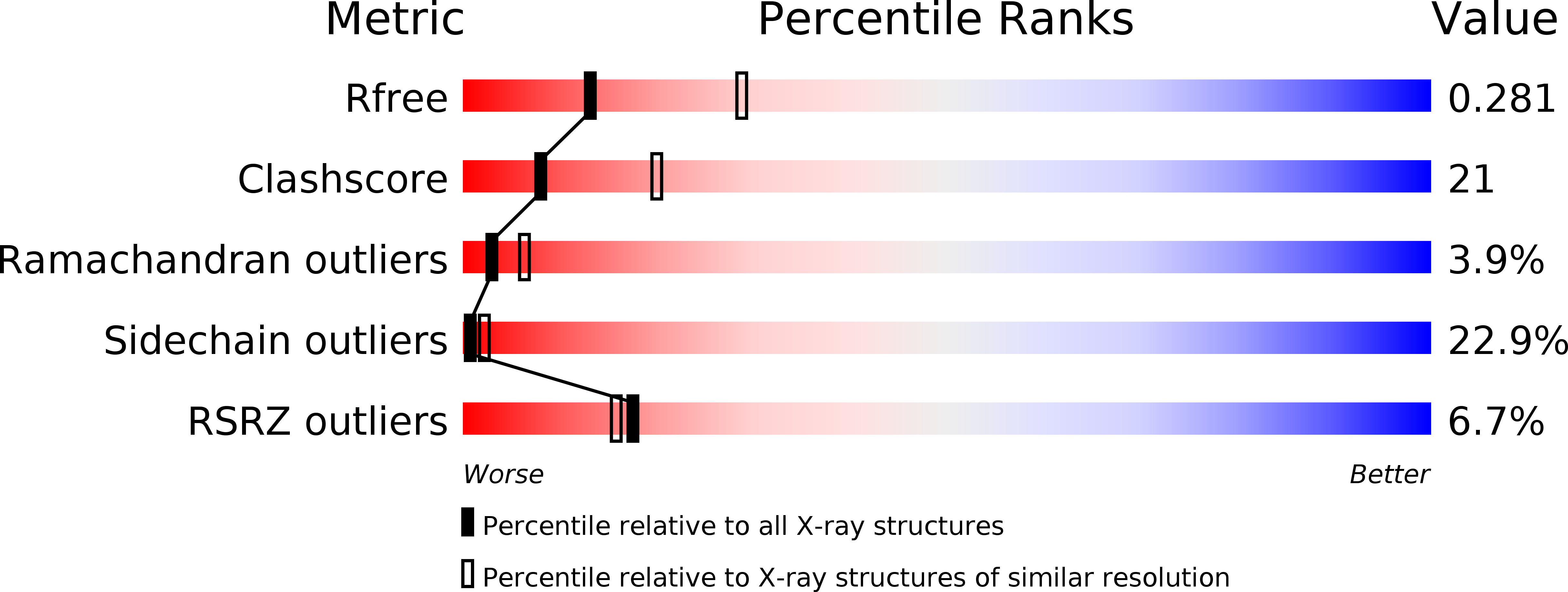
Deposition Date
2008-04-21
Release Date
2009-01-13
Last Version Date
2024-03-20
Entry Detail
PDB ID:
3CW4
Keywords:
Title:
Large c-terminal domain of influenza a virus RNA-dependent polymerase PB2
Biological Source:
Source Organism:
Influenza A virus (Taxon ID: 11320)
Host Organism:
Method Details:
Experimental Method:
Resolution:
2.70 Å
R-Value Free:
0.29
R-Value Work:
0.23
R-Value Observed:
0.23
Space Group:
P 32 2 1


